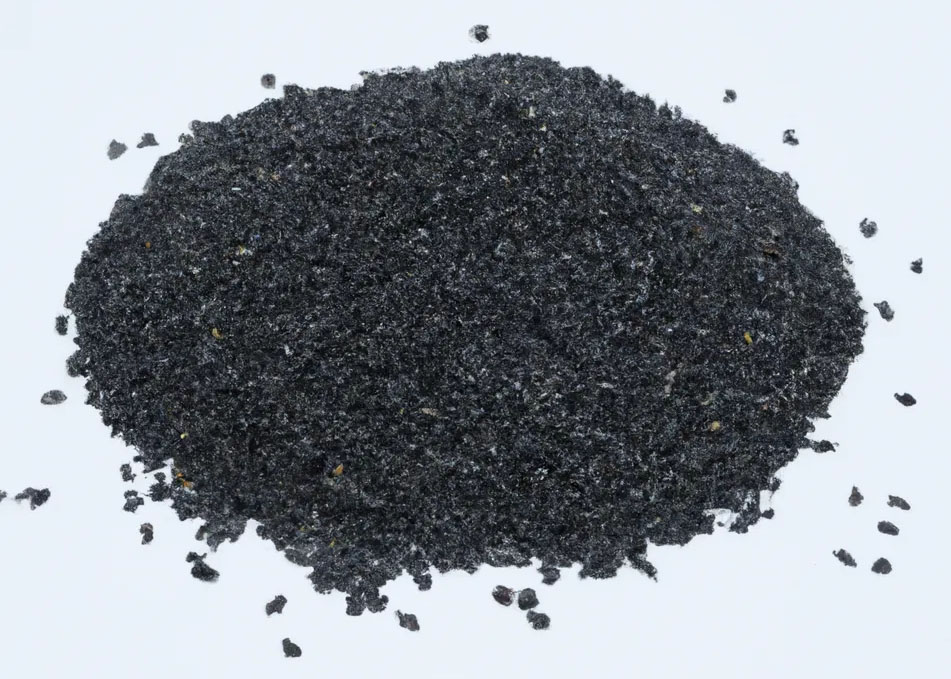Botanical Name: Sesamum indicum
Black sesame seeds are a prized ingredient in many global cuisines, known for their deep, nutty flavor, striking appearance, and impressive nutritional profile. While they share many similarities with their more common white sesame counterparts, black sesame seeds have a richer, more robust flavor and are often preferred in both savory and sweet dishes for their distinct taste and visual appeal.
These small, jet-black seeds are harvested from the flowering sesame plant, one of the oldest oilseed crops in the world. Black sesame seeds are particularly popular in East Asian, Middle Eastern, and South Asian cooking, where they have been used for centuries in various forms—whole, ground into pastes, or pressed for oil. Their unique color comes from their unhulled state, which also contributes to their higher nutrient content compared to white sesame seeds. The hull contains many of the seed’s minerals and antioxidants, making black sesame a potent addition to any diet.
Culinarily, black sesame seeds boast a slightly earthy, nutty flavor with a subtle bitterness that sets them apart from their lighter counterparts. This makes them a popular choice for adding depth to both sweet and savory dishes. In East Asian cuisine, black sesame is often used in desserts such as tang yuan (glutinous rice balls filled with sweet sesame paste), zhiping (a traditional Chinese dessert made with sesame and sugar), or in sesame-flavored ice cream and cookies. Their rich flavor pairs well with sugary ingredients, creating a harmonious balance between sweetness and nuttiness.
In savory dishes, black sesame seeds are commonly used as a garnish or flavoring agent. Sprinkled over sushi, salads, noodles, or stir-fries, they add a crunchy texture and a deep, roasted taste. In Indian cuisine, they are sometimes added to spice blends or used in making tahini-like pastes that enhance the richness of curries and sauces. Black sesame oil, pressed from the seeds, is another versatile ingredient used for sautéing, drizzling, or as a flavoring in dips and dressings.

